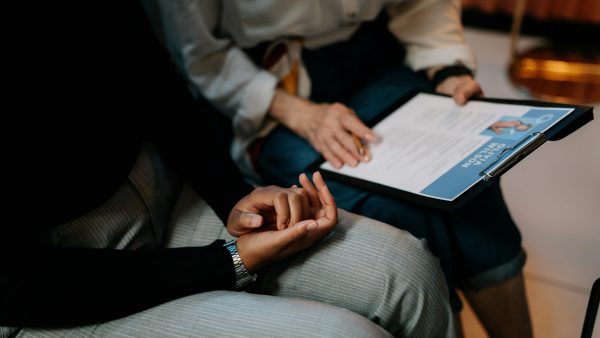Saying and listening are different phenomena
However, there is a critical communication gap between speaking and listening. We say what we say and others hear what they hear. To quote the biologist Humberto Maturana: “The phenomenon of communication does not depend on what is delivered, but on what happens to the one who receives it“.
And this is a crucial point. We usually take for granted that what we hear is what has been said and we assume that what we say is what our interlocutors will hear. We often do not even bother to check whether the meaning we give to what we say or hear corresponds to that given by the listener or speaker.
Listening is not hearing
Listening is also a different phenomenon from hearing. What differentiates listening from hearing is the fact that when we listen, we generate an interpretative world: the act of listening always involves understanding and, therefore, interpretation. There is no listening if there is no interpretative activity involved. Herein lies the active aspect of listening. Listening is hearing plus interpreting.
This interpretative character is so important in the phenomenon of listening that it is possible to listen even when there are no sounds and, consequently, even when there is nothing to hear. Indeed, we can listen to silences. We can also listen to gestures, body postures and movements insofar as we are able to attribute meaning to them.
The Chinese character for the word listen says it all:
- The first vertical third from left to right signifies hearing: one must hear in order to be able to listen, although hearing is not listening.
- Centre right means concentration: listening is selective and requires concentrating full attention on the person who is speaking.
- The bottom right means heart: we must also listen to the feelings underlying the words.
Active listening skills
Coaching pioneer John Whitmore says that if we have been given two ears and one mouth, we should listen twice as much as we speak.
However, being really listened to is a luxury. Most of us are not very good at listening. When someone seems to be listening, they are most likely waiting for their turn to speak.
When we actively listen to our interlocutors, we can tune in to them, understand them on various levels and even physically feel what they are feeling. And it is in this magical moment when we can listen “behind” and “between” the words and attend to their silences, their tone of voice, their gestures and body language, their energy level and other emotional signals.
To conclude, an exercise to test listening skills.
The next time someone wants to talk to you about something, try to listen actively and then evaluate yourself on the following aspects:
- (1 to 4) I followed with interest what my interlocutor was saying.
- (1 to 4) I used my intuition.
- (1 to 4) I have clarified or reflected what you have told me.
- (1 to 4) I have kept my opinion and advice to myself.
- (1 to 4) I have suspended judgement and criticism.
- (1 to 4) I have helped my interlocutor to explore his or her own ideas.
- (1 to 4) I have listened to their non-verbal messages.
- Regarding my listening skills, I have learned that…
- The listening skill in which I excel is…
- The listening skill I need to work on is…











